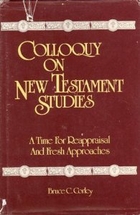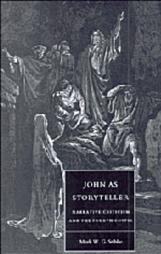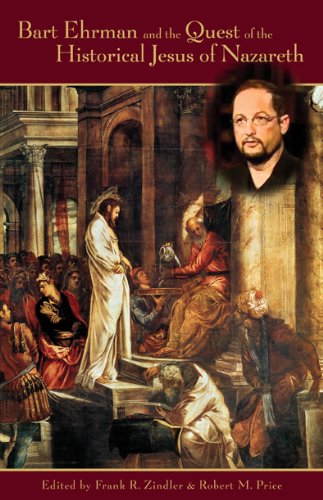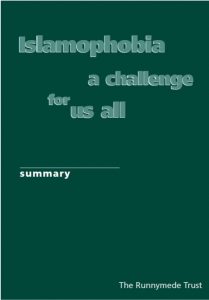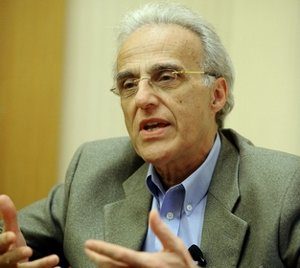Recently I was playing with the time capsule button of WordPress and managed to accidentally relocate an old July 2010 post to today. Since trying to undo and relocate events in time is forbidden by the Time Lords of the universe I quickly deleted it. But a few quick ones did see it and commented favourably — so here it is again:
From http://www.facebook.com/home.php?#!/jamesfmcgrath?v=wall story_fbid=573473118322
Thanks for this James. I’m not certain I really understand your thought exercise though. I could say the same thing about a number of figures from historiographical works which we no longer believe to be historically credible (Lycurgus the Spartan, again, is a good example). But why stop at just people? How many events which we find in historical treatises from the past make little or no historical sense, but for which we cannot prove nor disprove? Exactly how much of those speeches, which make up 24% of Thucydides’ account of the Peloponnesian war did he really make up and for how much might we say he had documents handy to copy, or even alter slightly?
The problem with saying, “Well we come to an impasse, so let’s break the impasse by the mere fact that he might have existed, possibly…” which is really what this comes down to, doesn’t it? I mean, if we’re just going to make the leap from the more honest position “I don’t know” to “it must have happened,” why should we stop making such logical leaps? Why not just say that, well, no history is repeatable, so let’s just say that everything happened because, after all, there is attestation for it. And where we have conflicting accounts of those things, we should still accept them as historical, but just accept the more plausible one as historical. That’s what all historians should do, right? I hope you haven’t been agreeing this whole time–because this is not what historians should be doing.
Historians are tasked with securing the memories of society’s past. If we were to just accept possibilities as fact, then we are doing society an injustice. Imagine if such testimony was given at a trial hearing? “Well, we have no evidence the defendant wasn’t at the place the crime occurred, so why not?” If you feel that is stretching, you might say that “well we have testimony he might have been there.” But if you examine that testimony, is it really admissible? Are the sources trustworthy? I do not think so. Any evidence of this caliber presented at a criminal hearing would be thrown out. Simply put, I believe the most honest answer is not positive, but agnostic. In that regard, we should never accept a positive until we have adequate reason behind it; otherwise, where would one stop at accepting things without evidence? Given your hypothetical thought experiment, there would be no positive evidence (by your own admission). Likewise, we have no positive evidence of elves, fairies, witches, or dragons–but don’t be so quick to scoff. At least 50% of Icelanders believe in elves yet and at one time a large part of the world believed in fairies, dragons, and witches (so much that they burned innocent people because of it). Do you see why I find your thought experiment a little backwards?
Yesterday at 8:37am ·
Tom, I confess I don’t really understand your objection. There is a lot that is uncertain, and mainstream historians recognize this. No mainstream historian, including those from Iceland, can affirm that Jesus did miracles and expect to be taken seriously within the context of academic historical study. And I’m not suggesting that we argue “No one says Jesus didn’t exist, therefore he existed.” Your caricature (if it is not in fact a deliberate attempt at misrepresentation) doesn’t seem to bear much resemblance to what I or any mainstream scholar investigating the historical Jesus argues.
Yesterday at 9:06am ·
James, you do realize I’m talking about your recent blog, not your scholarship, right? Continue reading “Tom Verenna Debates James McGrath”

